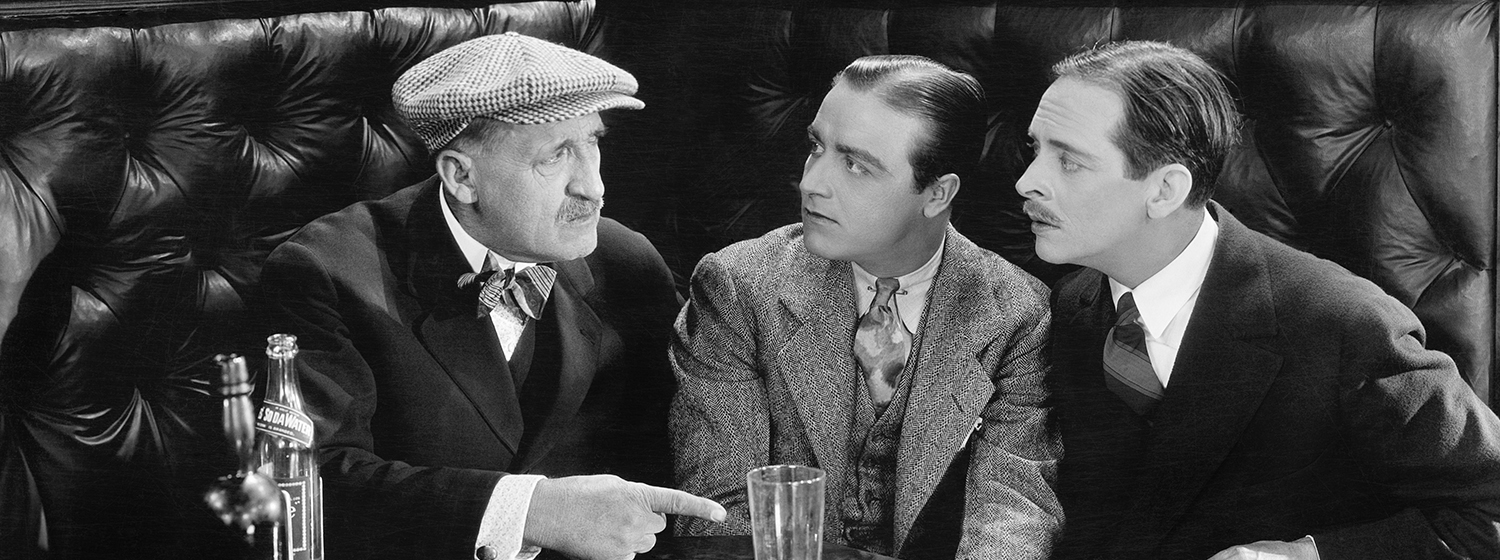Even if your Product is Boring
Swiffer cleaning products offer an alternative to the dirty, backbreaking chore of house cleaning. But inherently, they have a few marketing challenges:
- Nobody wants a broom. While people certainly want clean homes, nobody really gets excited about the equipment that will accomplish this outcome.
- A broom is a broom. Cleaning products are pretty low tech. It’s tough to convince someone to pay a premium for one tool when multiple cheaper alternatives are available.
Swiffer’s answer to these challenges is a series of commercials centered around everyday families. These commercials not only raise awareness about an innovative solution to a domestic hassle. They do it in a way that justifies the premium price and helps you remember which brand to purchase.
You’ve probably seen the commercial featuring the Saunder family who recently transplanted to the Pacific Northwest. The constantly rainy weather means their kids frequently track mud into the house. The doorbell rings, and the mom finds a box of Swiffer products to solve her domestic woes. The spot ends optimistically with mom saying, “Sunshine is overrated. Now we can get messy.” A cheerful tune whistles the commercial to a close.
Get in Your Audience’s Heads with Storytelling
While a few of the Swiffer commercials have been notable for their inclusiveness (ex: multi-racial family with an amputee father), the real mastery lies in the storytelling.
Each 30-second commercial has a textbook storytelling arc:
- introduce the characters/family (exposition)
- explain the dirty, strenuous problem (rising action)
- deliver the Swiffer (climax)
- show the family trying the products (falling action)
- reveal how life is a little bit better as a result (denouement)
These commercials are inherently effective because they follow a time-tested format for engaging audiences. Hearing a story makes our brains feel as though we’re experiencing these events ourselves. What’s more, Swiffer chose scenarios that many of us actually have experienced ourselves—muddy footprints, too much pet hair, dusty ceiling fans. Storytelling allows us to become emotionally attached to the characters and the brand.
Be Authentic
Another remarkable aspect of the Swiffer stories is their authenticity. They feature real families sharing their experiences in the home. You’ll notice a mix of ages, body types, and ethnicities—no cookie cutter models here. There’s plenty of dirt, too. Swiffer doesn’t try to make cleaning glamorous. There are no big promises, just simple solutions to help everyday people enjoy their homes and families a little more.
Show, Don’t Tell
The commercials aren’t overly promotional. Viewers simply see the benefits of the products for themselves through the eyes of the real people using them. Any “selling” that happens is spoken by one of the family members as a kind of testimonial to the products’ functionality, ease of use, and effectiveness. The parting shot shows Swiffer’s logo and signature green color to remind you which brand to buy when you head to the store.
Just because you’re not selling a “fun” consumer product doesn’t mean you can’t have stellar, exciting marketing. There’s really nothing exciting about sweeping dirt off your floor. These commercials are a superb example of how you can build a story around your brand by focusing on the value you bring to your audience.
Share this post in LinkedIn:
NOT ANOTHER SNOOZELETTER.
SIGN UP. BE INSPIRED.